Rare Apollo mission moon rock back in Cyprus after 50 years
Thursday, 08 December 2022 20:35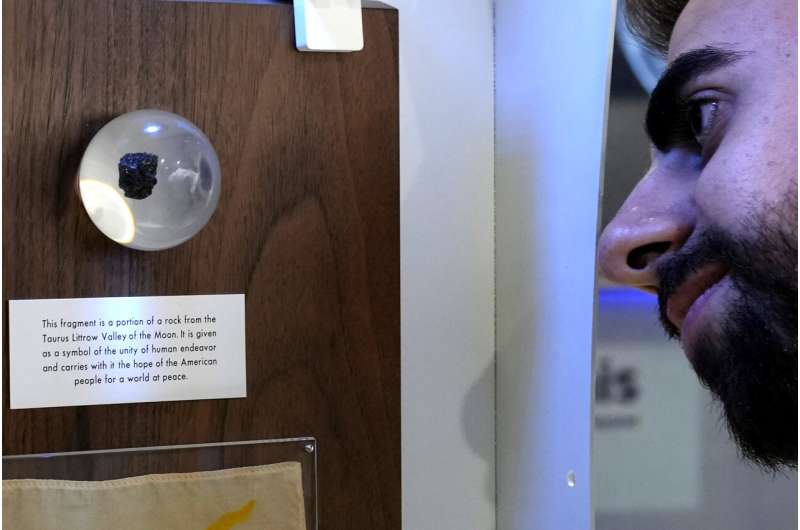
NASA's Orion lunar spacecraft heads home with splashdown set for Sunday
Thursday, 08 December 2022 20:33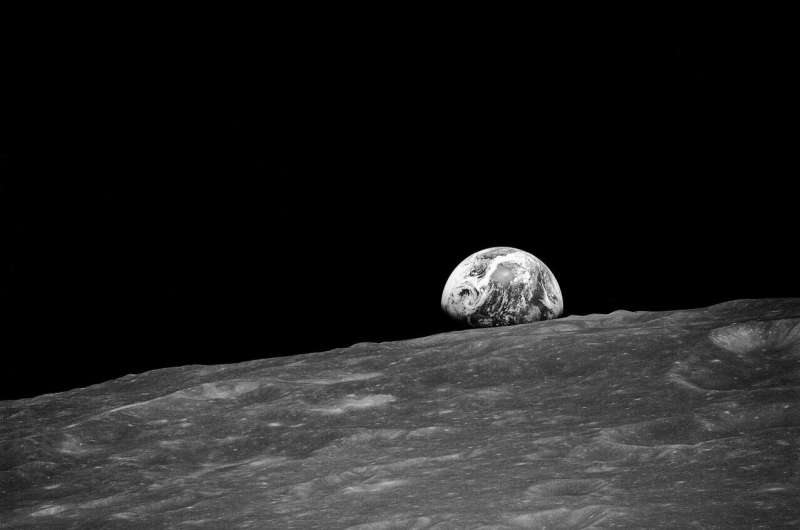
NASA's Orion spacecraft is heading home after exiting the lunar sphere of influence.
Orion completed the return powered flyby burn that put the spacecraft on course for splashdown on Sunday. Earth's force of gravity is now the primary gravitational force acting on the spacecraft.
Flight controllers used Orion's cameras to inspect the crew module thermal protection system and European Service Module, the second of three planned external spacecraft inspections.
Teams conducted this survey early in the mission to provide detailed images of the spacecraft's external surfaces after it had flown through the portion of Earth's orbit containing the majority of space debris, and teams reported no concerns after reviewing the imagery.
This second inspection during the return phase is being used to assess the overall condition of the spacecraft several days before re-entry.
Cameras on the four solar array wings have captured a series of still images. Engineers and flight controllers at NASA's Johnson Space Center in Houston will review the imagery over the coming days.
A final photographic survey will be conducted Friday as Orion continues its journey home.
These freeze-drying algae can awaken from cryostasis, and could help spaceflights go farther
Thursday, 08 December 2022 20:22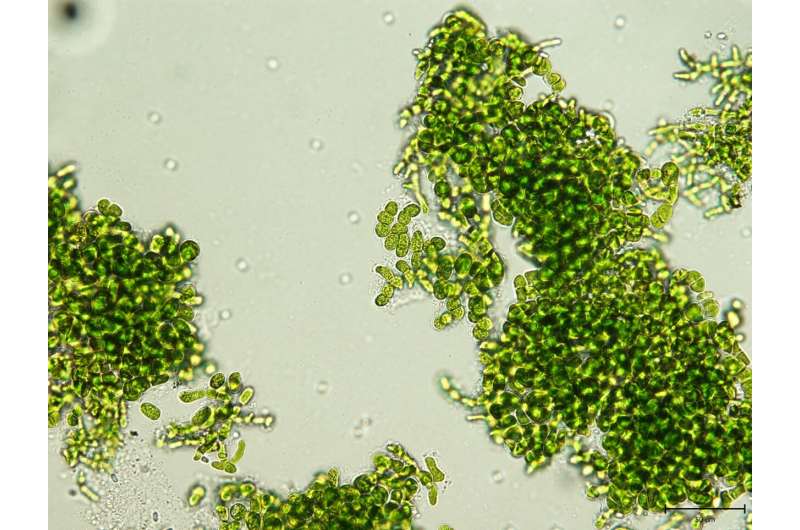
Antarctica's McMurdo Dry Valleys contain some of Earth's coldest and driest deserts. The environment there is so extreme that the Dry Valleys have been used as Mars analogs to test prototype equipment for future Mars exploration.
To survive these harsh conditions, layers of algae and bacteria in the Dry Valleys overwinter in a freeze-dried state, coming back to life in the summer when neighboring glaciers melt and water flows down the stream channels again.
Terran Orbital creates new business unit to produce imaging satellites
Thursday, 08 December 2022 20:04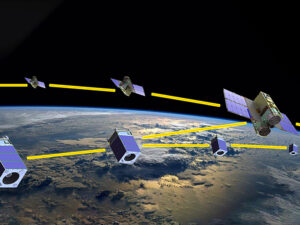
Satellite manufacturer Terran Orbital has formed a new business unit that will produce electro-optical imaging satellites.
The post Terran Orbital creates new business unit to produce imaging satellites appeared first on SpaceNews.
Space research: Is it feasible to reuse high salinity wastewater as a plant nutrient medium for plant hydroponics?
Thursday, 08 December 2022 19:24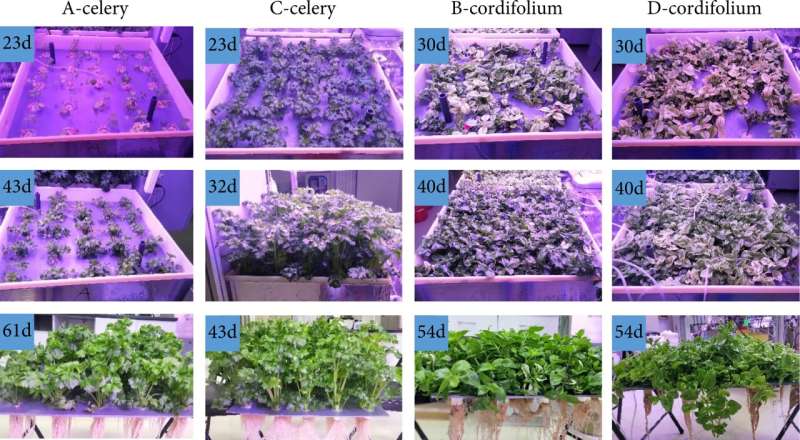
The water cycle is an important part of the controlled ecological life support system (CELSS). It involves the supply of drinking water and plant irrigation water, and the recycling of urine, sanitary waste water, and air condensate water. Using urine and sanitary wastewater for plant irrigation is an effective form of wastewater reuse, but there are three main challenges.
Firstly, some salt content in wastewater, especially sodium chloride, is high, but it is not necessary for plant growth and may inhibit plant growth.
Secondly, the wastewater contains organic components such as surfactants, which also have a negative impact on plant growth.
Thirdly, if wastewater is used as the main nutrient source, the proportion of mineral elements in wastewater might be inconsistent with the proportion the plant growth needs, which will also affect the normal growth of plants.
'Phantoms' from beyond the moon could provide valuable data on cosmic radiation doses
Thursday, 08 December 2022 19:00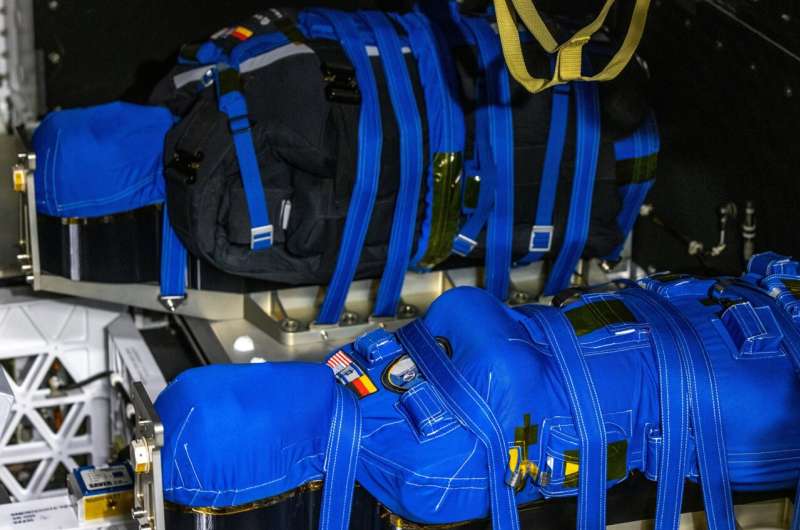
The Orion spacecraft on the Artemis I mission is carrying, as part of the MARE experiment, two human "phantoms" equipped with numerous cosmic rays detectors. The information gathered by the detectors will for the first time verify the knowledge, crucial for the presence of humans in deep space, of the effects of cosmic rays on the health of the astronauts who are to live and work in an environment devoid of the protective effects of our planet's magnetosphere.
Of the numerous dangers lurking for astronauts undertaking long-distance space travel, among the most serious and at the same time the most difficult to eliminate, is exposure to harmful doses of cosmic radiation. Data collected during the MARE experiment (MATROSHKA AstroRad Radiation Experiment) will help ensure the safety of future deep space pioneers.
Virgin Orbit delays first U.K. launch
Thursday, 08 December 2022 16:34
Just days after setting a launch date for its first launch from the United Kingdom, Virgin Orbit announced Dec. 8 it was delaying that mission for weeks because of technical and regulatory issues.
Sowing the seeds of future space travel
Thursday, 08 December 2022 14:49
After 908 days in low Earth orbit, a small package on board the X-37B Orbital Test Vehicle-6 has come home to the delight of some biological scientists. Soon they will open an aluminum alloy container that holds samples of plant seeds that they hope can be used to sustain astronauts on long duration missions to the moon, Mars, and beyond.
Officially, it is known as a SEER experiment, short for Space Environment Exposure Research, a pathfinder mission supported by NASA's Biological and Physical Sciences Division (BPS) in collaboration with the US Air Force.
Unofficially, they're referred to as the "Thrive in Space" experiments—a way to underscore the stepping-stone research that scientists are undertaking to help advance their fundamental understanding of what it takes to grow and protect plants beyond our planet.
Rising Earth
Thursday, 08 December 2022 14:05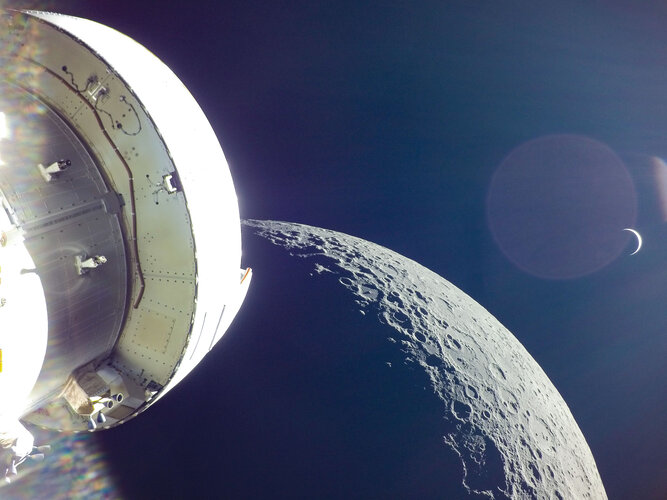 Image:
Image:
NASA’s Orion spacecraft, powered by ESA’s European Service Module, shares a stunning new take on ‘Earth rise’ following the return powered flyby of the Moon.
This image was taken on 5 December, flight day 20, after the spacecraft completed a 3 minute 27 second burn to swing around the Moon and back to Earth.
Just before the burn, Orion made its second and final close approach to the Moon at 17:43 CET (16:43 GMT), passing 130 km above the lunar surface.
The burn, which used the European Service Module’s main engine, changed the velocity of the spacecraft by about 1054
3 Technical Accelerators for Space Domain Awareness
Thursday, 08 December 2022 13:00
The race is on to develop space capabilities for a growing array of national security, civil, and commercial priorities.
The post 3 Technical Accelerators for Space Domain Awareness appeared first on SpaceNews.
Astrobotic lander undergoes tests ahead of launch
Thursday, 08 December 2022 12:20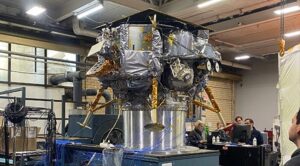
Astrobotic’s first lunar lander has passed a key set of acceptance tests, keeping the spacecraft on schedule for a launch in early 2023.
The post Astrobotic lander undergoes tests ahead of launch appeared first on SpaceNews.
NASA loses contact with ICON spacecraft
Thursday, 08 December 2022 12:02A NASA space science spacecraft launched three years ago has been out of contact with controllers for nearly two weeks after suffering some kind of technical problem.
The post NASA loses contact with ICON spacecraft appeared first on SpaceNews.
Spirent brings realistic testing to emerging LEO satellite applications
Thursday, 08 December 2022 05:52 Spirent Communications plc (LSE:SPT), the leading provider of test and assurance solutions for next-generation devices and networks, has announced availability of SimORBIT, the first high-accuracy orbital modelling software solution specifically developed for Low Earth Orbit (LEO) satellite simulation.
Created in partnership with spaceborne receiver developer SpacePNT, Spirent SimORBIT ena
Spirent Communications plc (LSE:SPT), the leading provider of test and assurance solutions for next-generation devices and networks, has announced availability of SimORBIT, the first high-accuracy orbital modelling software solution specifically developed for Low Earth Orbit (LEO) satellite simulation.
Created in partnership with spaceborne receiver developer SpacePNT, Spirent SimORBIT ena Slingshot Aerospace raises $40M in oversubscribed Series A2 funding round
Thursday, 08 December 2022 05:52 Slingshot Aerospace, Inc., a company building data and analytics products to make space operations safer, has announced that it has raised $40.85 million in an oversubscribed Series A2 funding round.
The round was led by Sway Ventures and included participation from others, including C16 Ventures, ATX Venture Partners, Lockheed Martin Ventures, Valor Equity Partners, and Draper Associates,
Slingshot Aerospace, Inc., a company building data and analytics products to make space operations safer, has announced that it has raised $40.85 million in an oversubscribed Series A2 funding round.
The round was led by Sway Ventures and included participation from others, including C16 Ventures, ATX Venture Partners, Lockheed Martin Ventures, Valor Equity Partners, and Draper Associates, Orbital Assembly announces new equity offering to Advance Hybrid-Gravity Space Station development
Thursday, 08 December 2022 05:52 Orbital Assembly (OA), a leader in the race to make Hybrid-GravityTM space accessible for leisure, commercial and industrial activities has announced a crowdfunding equity offering (Regulation CF).
The company continues to seek investment to initiate full scale human factors design in conjunction with NASA Marshall Space Flight Center, to begin construction of the first orbital flight hard
Orbital Assembly (OA), a leader in the race to make Hybrid-GravityTM space accessible for leisure, commercial and industrial activities has announced a crowdfunding equity offering (Regulation CF).
The company continues to seek investment to initiate full scale human factors design in conjunction with NASA Marshall Space Flight Center, to begin construction of the first orbital flight hard 
